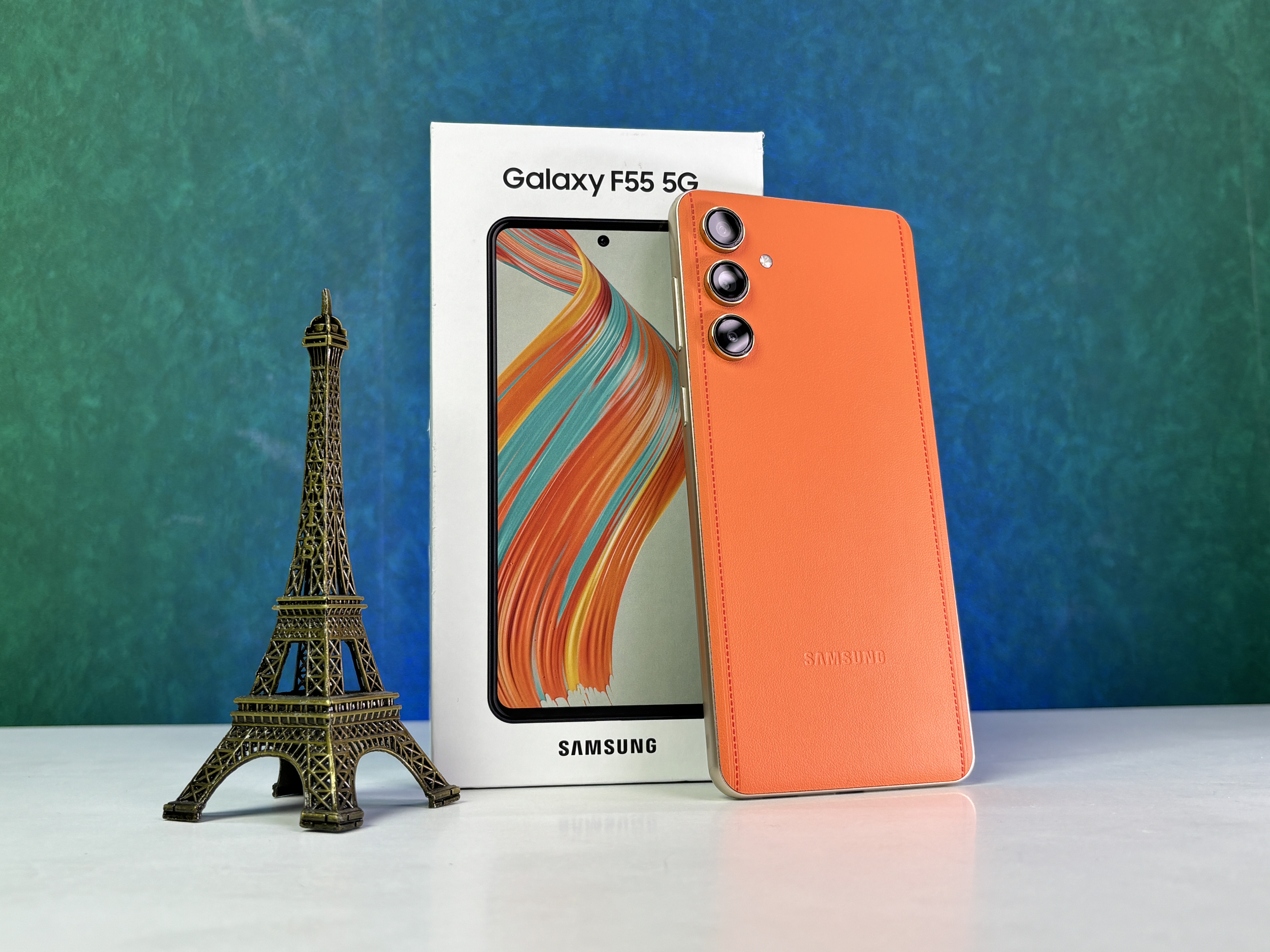In recent developments within the field of artificial intelligence, small language models (SLMs) have garnered significant attention due to their compact size and efficiency. Notably, Microsoft’s 3.8 billion parameter Phi-3 and Meta’s 8 billion parameter Llama-3 models are leading examples of how advanced AI can be deployed on a wide range of devices, including personal computers and Raspberry Pi units.
Introduction to Small Language Models
Small language models like Phi-3 and Llama-3 are designed to provide high-quality AI outputs without the need for massive computational resources. Unlike their larger counterparts, these models are optimized to deliver impressive performance while remaining accessible for deployment on less powerful hardware. This makes them particularly useful in applications where data privacy, low latency, and edge computing are critical.
Phi-3: Microsoft’s Compact Powerhouse
Microsoft’s Phi-3 family, especially the Phi-3-mini model with 3.8 billion parameters, is at the forefront of this innovation. Despite its smaller size, Phi-3-mini outperforms many larger models on various benchmarks. It supports a context window of up to 128,000 tokens and is instruction-tuned, meaning it has been trained to follow specific types of instructions effectively.
One of the significant advantages of the Phi-3-mini is its versatility in deployment. It can run on PCs, mobile devices, and even embedded systems like the Raspberry Pi. This flexibility is achieved through optimizations such as quantization, which reduces the model’s memory footprint and enhances its inference speed. Microsoft has also integrated Phi-3 models with its Azure AI Studio and Ollama framework, allowing users to fine-tune and deploy these models easily.
Llama-3: Meta’s Efficient AI Solution
Meta’s Llama-3, with 8 billion parameters, is another strong contender in the realm of small language models. Llama-3 employs a mixture of experts (MoE) architecture, which dynamically routes inputs to different parts of the model. This design helps in achieving high performance with relatively fewer parameters compared to traditional models.
Llama-3 has been optimized for a variety of hardware setups, including personal computers and low-power devices like the Raspberry Pi. Its ability to perform complex tasks efficiently makes it suitable for applications ranging from automated customer service to real-time data analysis on edge devices (Anakin.ai).
Deployment on PCs and Raspberry Pi
Deploying these small language models on PCs and Raspberry Pi involves several steps to ensure optimal performance. Both Phi-3 and Llama-3 models can be run using frameworks like Ollama, which provides a user-friendly API for managing and running models locally. This setup allows users to leverage the computational capabilities of their devices without relying on cloud resources.
For instance, a Raspberry Pi with 8GB of RAM can run models with up to 7 billion parameters using optimizations like quantization. This setup is particularly beneficial for scenarios where connectivity is limited, such as remote monitoring systems or offline AI applications in rural areas
Practical Applications
The compact size and efficiency of Phi-3 and Llama-3 models open up numerous practical applications. These include:
- Edge Computing: Deploying SLMs on edge devices like Raspberry Pi can significantly reduce latency and enhance privacy by processing data locally.
- Mobile AI: These models enable advanced AI functionalities on smartphones and other mobile devices, supporting applications such as real-time translation and augmented reality.
- Industry Automation: In sectors like manufacturing and agriculture, SLMs can be used to monitor and optimize processes in real-time, even in environments with limited internet access.
Small language models like Phi-3 and Llama-3 represent a significant advancement in making AI more accessible and versatile. Their ability to deliver high-quality performance on less powerful hardware broadens the scope of AI applications, making it feasible to deploy advanced AI solutions in a wider range of contexts. As the technology continues to evolve, we can expect even more innovative uses for these compact yet powerful models.













![Haier S9QT QLED Google TV Review [55S9QT]: The Smart TV That’s Worth the Splurge Haier QLED TV](https://www.pc-tablet.co.in/wp-content/uploads/2024/06/Haier-Smart-TV-5.jpg)

